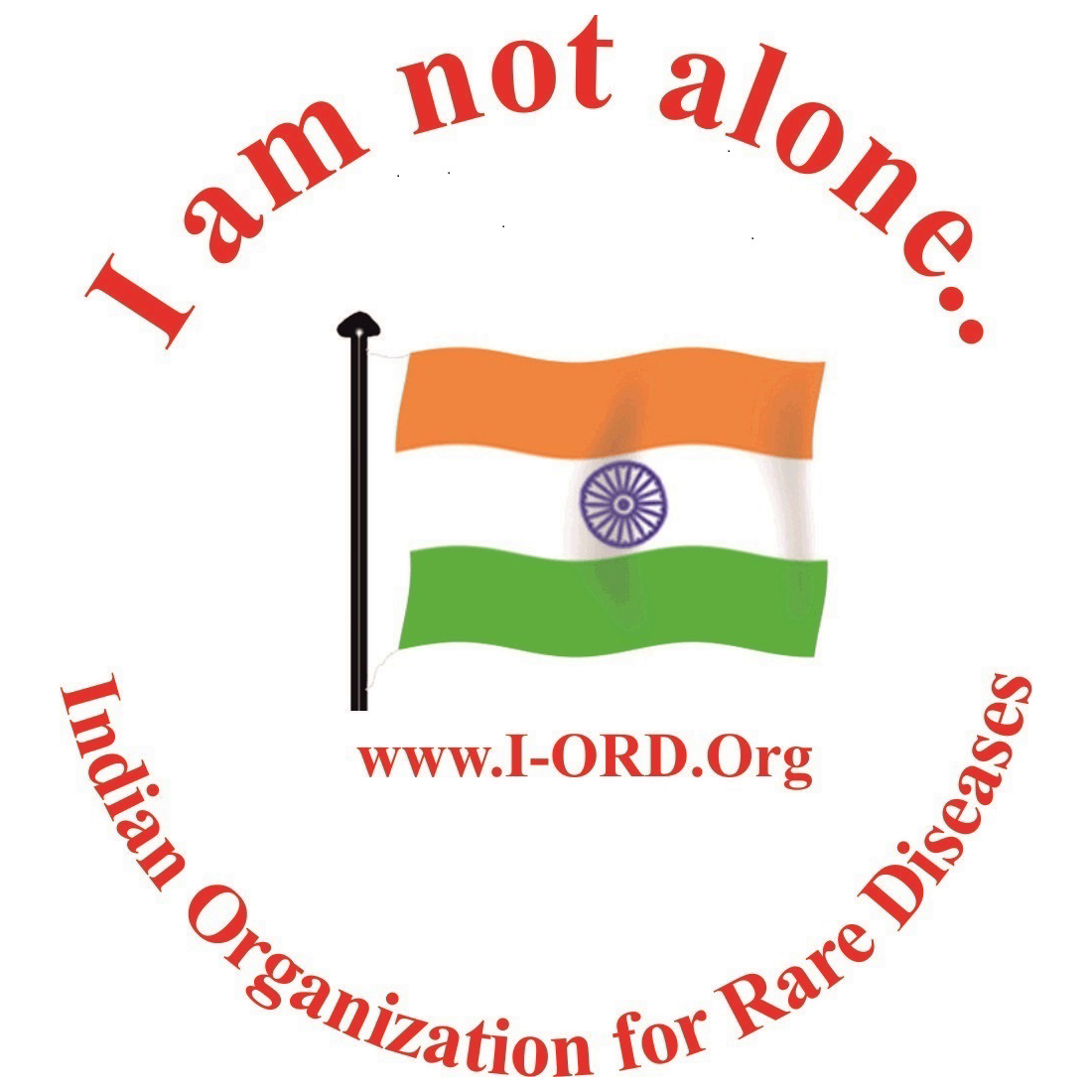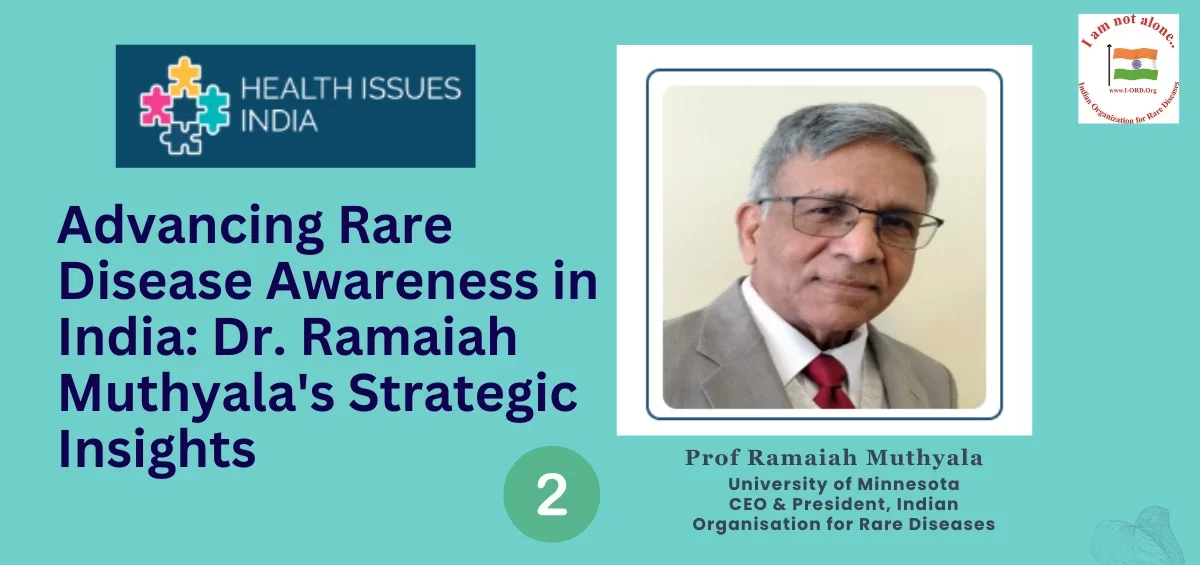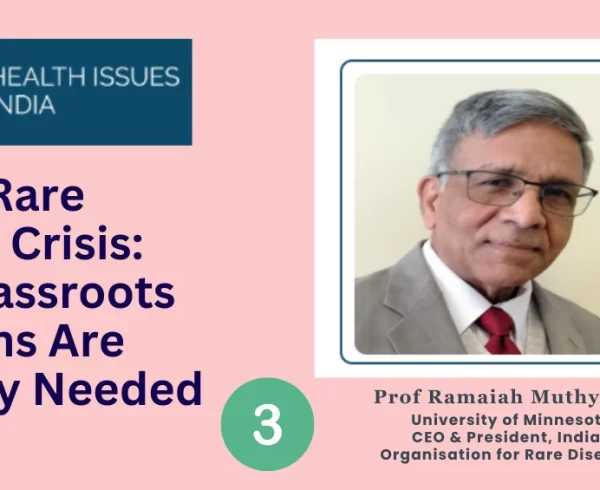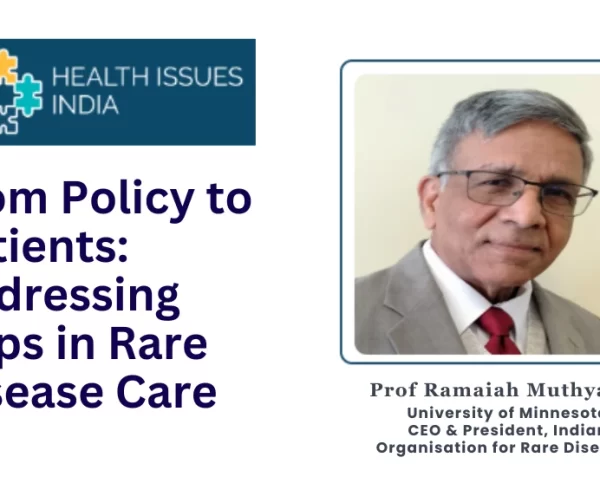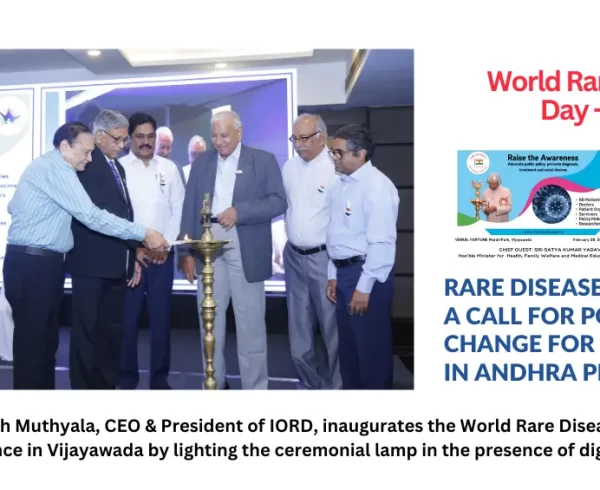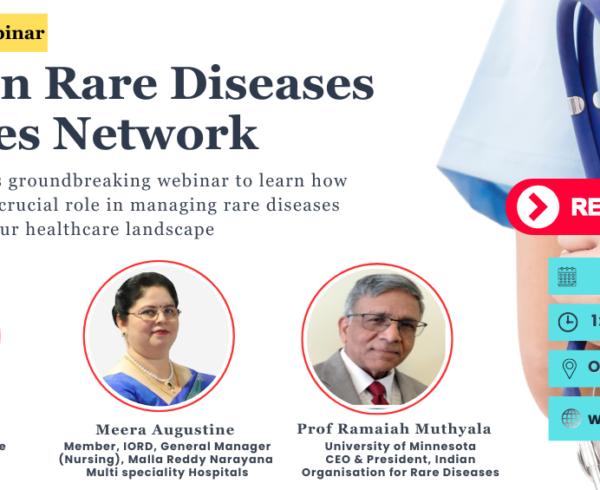The following is an excerpt from a three-part interview series featuring IORD CEO & President Prof. Ramaiah Muthyala. In this segment, he speaks with Health Issues India about the pressing need to raise rare disease awareness across India and offers key recommendations to improve early diagnosis, train frontline healthcare workers, and integrate rare diseases into national health initiatives. Read more at healthissuesindia.com
Have you ever heard of Erdheim-Chester disease or Fibrodysplasia Ossificans Progressiva? Chances are, you haven’t. These are just two examples from a long list of rare diseases, conditions so uncommon that they often go undiagnosed, misunderstood, or mismanaged for years. Affecting a small fraction of the population, rare diseases can have a profound impact on those who live with them and their families, often posing unique medical, emotional, and social challenges.
With approximately 70 million people with such rare diseases in India, the country needs increased awareness about the rarity of the conditions and the impact it can have on the affected person and their families. To gain deeper insights into India’s rare disease landscape, we spoke with Prof Ramaiah Muthyala, CEO and President of Indian Organisation for Rare Diseases (IORD), a leading advocate and expert in rare disease policy. He shared his recommendations for the better implementation of National Policy for Rare Diseases (NPRD) at the grassroots level.
“Implementing NPRD effectively at the grassroots level requires addressing awareness, accessibility, affordability, and healthcare integration,” said Prof Muthyala and added some key recommendations such as:
- Public awareness:A comprehensive awareness campaign targeting both healthcare providers and the general public is essential. A 2019 survey by IORD found that basic knowledge about rare diseases in India is extremely low.
- Diagnosis accessibility:NPRD should ensure affordable diagnostic tools by offering tax exemptions and subsidies to laboratories and clinics.
- Healthcare integration:Rare disease management should be integrated into broader healthcare policies such as the National Health Mission.
- Financial support:Expanding government health insurance schemes like Ayushman Bharat to cover rare disease treatments, diagnostic tests, and therapies is crucial. Additionally, state health insurance schemes should support rare disease patients if states ratify NPRD.
- Pharmaceutical incentives:Since pharmaceutical companies often neglect rare diseases due to small market sizes, incentives should encourage them to develop affordable treatments for Indian patients.
- National patient registry:Establishing a national rare disease registry would help policymakers track treatment outcomes and ensure equitable resource distribution. State governments and local bodies should contribute to data collection.
- Patient advocacy groups:The government should support the creation of patient advocacy groups, which play a critical role in raising awareness and providing support to affected families.
- Public-private partnerships (PPP):Collaborations between the government, private healthcare providers, and NGOs could enhance rare disease diagnosis, treatment, and awareness.
- Community health workers:Training ASHA workers to detect and support rare disease patients in rural areas would help bridge gaps in early diagnosis and treatment.
- Funding cap adjustments:The current 50-lakh funding cap for Group 3 disorders is significantly lower than treatment costs for diseases like spinal muscular atrophy, which can exceed 16 crores per patient. More funding is needed for generic biosimilar drug development in India.
- Efficiency of Centers of Excellence (COEs):The 13 existing COEs must function effectively before additional ones are recommended. Many struggle with budget allocation and inefficiency.
- Prevention and screening:Since most rare diseases lack cures, neonatal and newborn screening programmes should be mandated in both government and private hospitals.
- Dedicated office for rare diseases:A centralised office should oversee administrative processes, fund distribution, eligibility criteria, and drug regulations.
- Domestic drug manufacturing:Tax waivers, subsidies, and compulsory licensing should promote the local production of orphan drugs to reduce import dependency.
- Availability of generic orphan drugs:Generic orphan drugs should be made accessible through Jan Aushadhi Kendras in India.
He further added, “Regulatory reforms are critical. India’s pharmaceutical industry pioneered generic drug manufacturing, but rare disease drug approvals remain slow. A streamlined approval process for orphan drugs, along with incentives similar to the US Orphan Drug Act (1983), would accelerate treatment availability. We should also explore partnerships with international drug manufacturers to facilitate access to essential medications.”
He believes that with systematic action, people suffering from rare diseases will have better access to life-saving medications.
